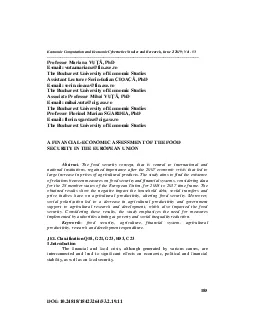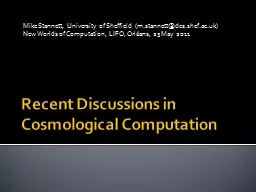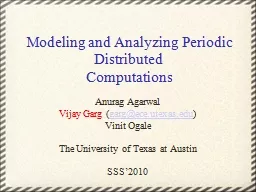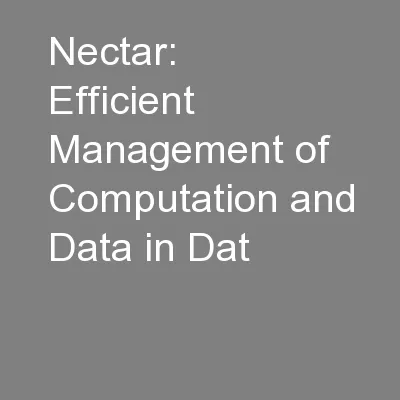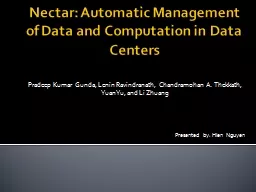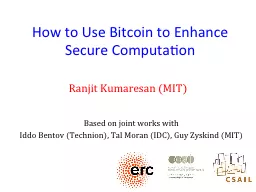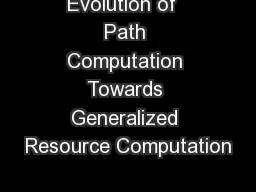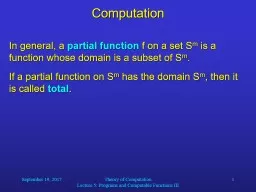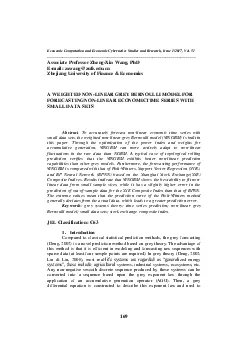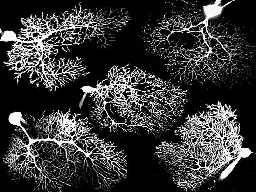PDF-Economic Computation and Economic Cyberneti
Author : emmy | Published Date : 2021-09-15
cs Studies and Research Issue 22019 Vol 53185DOI 1024818184232645321911Professor Mariana VU PhDEmail vutamarianafinaseroThe Bucharest University of Economic StudiesAssistant
Presentation Embed Code
Download Presentation
Download Presentation The PPT/PDF document "Economic Computation and Economic Cybern..." is the property of its rightful owner. Permission is granted to download and print the materials on this website for personal, non-commercial use only, and to display it on your personal computer provided you do not modify the materials and that you retain all copyright notices contained in the materials. By downloading content from our website, you accept the terms of this agreement.
Economic Computation and Economic Cyberneti: Transcript
Download Rules Of Document
"Economic Computation and Economic Cyberneti"The content belongs to its owner. You may download and print it for personal use, without modification, and keep all copyright notices. By downloading, you agree to these terms.
Related Documents

